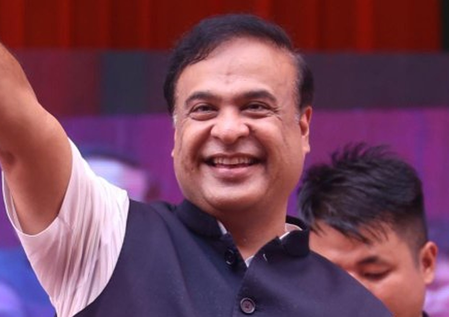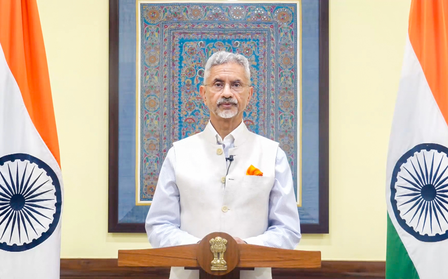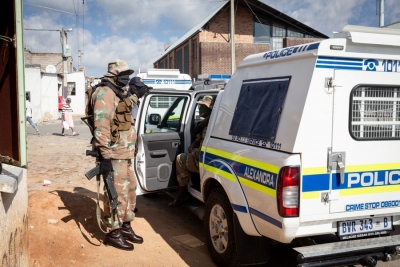
Guwahati, Nov 16 (IANS) Assam Chief Minister Himanta Biswa Sarma reached London on Sunday to hold a series of high-level meetings aimed at facilitating the return of the centuries-old ‘Brindabani Bastra’ – one of the most revered cultural and spiritual artefacts associated with the Neo-Vaishnavite legacy of Srimanta Sankardeva.
The Brindabani Bastra, a meticulously hand-woven 16th-century textile, was created under the direction of Mahapurush Srimanta Sankardeva and his foremost disciple Madhabdeva.
The cloth narrates the childhood episodes of Lord Krishna through intricate woven panels, and is widely considered a masterpiece of devotional art and medieval Assamese craftsmanship.
Over the years, sections of the Bastra were taken out of Assam during the British period and eventually preserved in museums in London and Paris.
According to officials travelling with the Chief Minister, preliminary discussions with the concerned authorities in the United Kingdom have already taken place.
These talks have outlined a broad roadmap to transport the artefact to Guwahati, where it will be showcased in a dedicated cultural facility.
Chief Minister Sarma has confirmed that the state government has earmarked land in Guwahati for the construction of a state-of-the-art museum that will permanently house the Bastra.
The facility will be built with modern preservation technology to ensure the long-term safety of the delicate textile.
An important development scheduled during CM Sarma’s visit is the signing of a memorandum of understanding (MoU) between the Assam government and the London museum authorities.
The agreement, expected to be formalised later today, will detail the terms of transfer, conservation protocols, and exhibition arrangements.
A senior official said that the return of the Brindabani Bastra will be a significant cultural milestone, strengthening global awareness about the contributions of Sankardeva and the enduring influence of the Neo-Vaishnavite movement.
Meanwhile, other fragments of the Bastra, currently held in museums in Paris and London, are also being studied for future collaborative initiatives.
–IANS
tdr/svn




